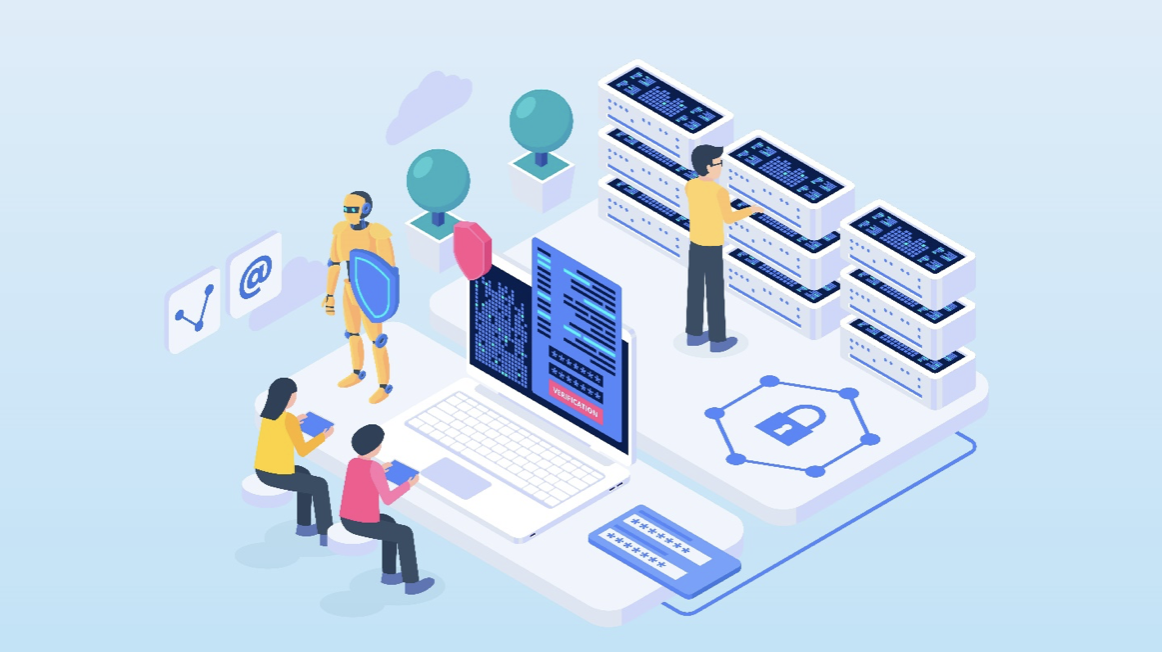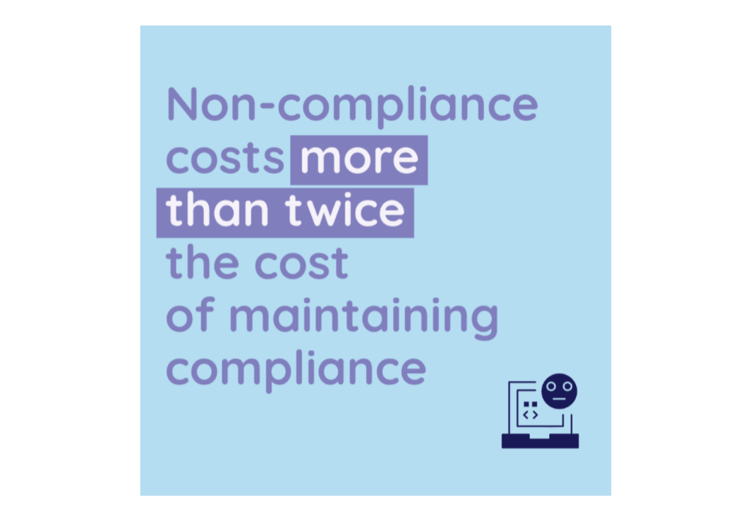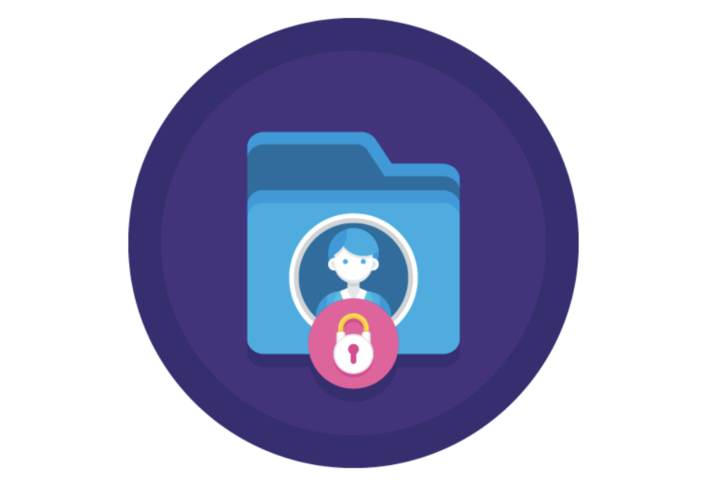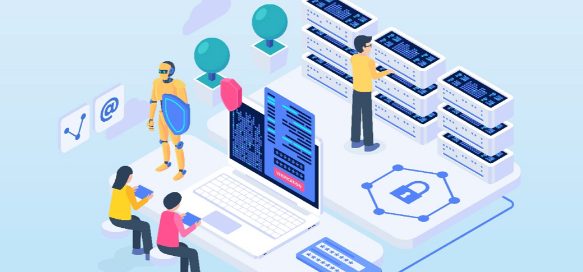
Today’s organizations are exposed to increasingly sophisticated cyber threats, requiring them to implement similarly sophisticated countermeasures to keep sensitive data and important systems protected.
A failure to stay one step ahead of cunning cybercriminals can quickly result in a costly data breach and lasting reputation damage. That’s why organizations across many industries are now required to comply with a complex web of privacy and security regulations, which are constantly evolving and playing catch up with cybercriminals.
To thrive in this complicated landscape, it’s critical to have a robust cybersecurity compliance plan that can keep up with evolving regulations and ensure effective protection against the latest and most dangerous cyber threats.
What Is Cybersecurity Compliance?
In simple terms, cybersecurity compliance is the implementation of risk-based controls (safeguards or countermeasures to minimize cybersecurity risks) in accordance with industry regulations and laws. The goal of cybersecurity compliance is to protect the accessibility, confidentiality, and integrity of data and the systems on which the data resides.

Cybersecurity compliance is a huge deal for two reasons:
- First, organizations that don’t comply with relevant privacy and security regulations are far more likely to experience a data breach than those that do. In the first half of 2020 alone, cybercriminals exposed 36 billion records, and the average costs of a data breach climbed up to $3.86 million.
- Second, non-compliant organizations are subject to steep non-compliance fines from regulators, and these fines may easily exceed the direct financial impact of the data breach itself. For example, the EU General Data Protection Regulation (GDPR) sets forth fines of up to 10 million euros.
For these two reasons, non-compliance costs more than twice the cost of maintaining compliance. That’s especially true for organizations that are required to comply with industry-specific regulations, such as the Health Insurance Portability and Accountability Act (HIPAA) or Payment Card Industry Data Security Standard (PCI DSS).

How to Achieve Cybersecurity Compliance?
To achieve cybersecurity compliance, it’s necessary to first identify all sensitive data that needs to be protected in accordance with relevant regulations and laws, including financial information, personally identifiable information (PII), and protected health information (PHI).
Then, appropriate controls and policies should be put in place to mitigate known cybersecurity risks. Because of the constantly evolving nature of cyber threats, cybersecurity compliance plans should be regularly tested and updated as necessary.
Let’s take a closer look at each main step in achieving cybersecurity compliance to better explain their purpose and importance:
Step 1: Identify all sensitive data that needs to be protected
The first step in achieving cybersecurity compliance is the identification of all sensitive data an organization is storing, processing, and transmitting in accordance with relevant regulations and laws. Some regulations require specific types of data to be protected by additional controls. A good example of this is the HIPAA Privacy Rule, which regulates the use and disclosure of PHI, such as a patient’s medical history and insurance records.
The identification of sensitive data should be handled by a dedicated compliance team, which can either be formed internally or outsourced to a third party that specializes in cybersecurity compliance.

Step 2: Put in place appropriate controls and policies
To put in place appropriate controls and policies to ensure that all sensitive data is sufficiently protected, it’s necessary to first conduct an in-depth cybersecurity risk assessment to identify the risks that could affect protected assets. Once all security flaws are discovered, they can be ranked according to their severity and addressed with suitable controls, such as a firewall, intrusion detection system (IDS), or changes to password and user access provisioning policies, just to give a few examples.
When implementing controls and policies, it’s paramount to keep in mind that cybersecurity is just as much about people as it is about technology. An organization can have the best technical safeguards in the world, but they won’t help it much unless employees act as the first line of defense against cyber threats.
Step 3: Regularly test and update your cybersecurity compliance plan
As we’ve already emphasized several times in this article, cyber threats are constantly evolving, so organizations need to regularly test and update their cybersecurity compliance plans to stay compliant. SMBs with limited cybersecurity experience should partner with a reliable managed security service provider (MSSP) to gain access to the skills, tools, and experience needed for staying on top in today’s threat landscape.
How BCA Can Help
At BCA, we have a wealth of experience with helping organizations in Miami, FL achieve and maintain cybersecurity compliance. If you feel anxious about navigating the complex web of privacy and security regulations on your own, then we can guide you along the way, providing innovative technology, state-of-the-art tools, and unmatched expertise.

